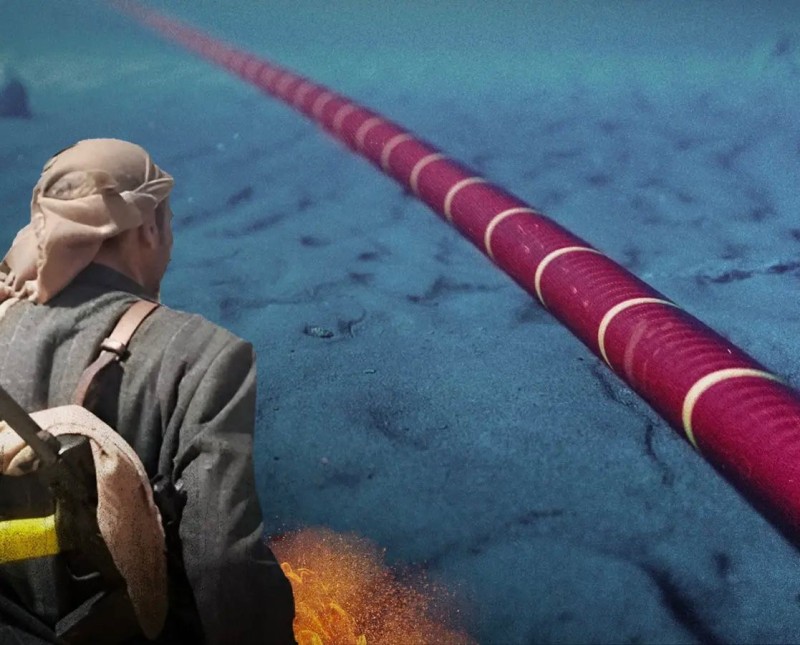FEATURE-In storm-hit Yemen, 'sin' is blamed for surging climate losses


The torrential floods and brutal droughts of recent years have left their mark on this valley in southeast Yemen.
A road that links Mukalla, the capital of Hadramout province, with its remote rural villages has been almost wiped out by repeated landslides. Giant boulders lie strewn along the road, alongside the trunks of downed trees.
“The weather now is between two extremes: heavy drought or destructive brief floods and rains,” said Omer Abu Baker a farmer and shepherd from Hara’a, a village overlooking the Sawia Valley floor.
Civil-war-torn Yemen faces vast challenges, from a struggling economy and collapsing health system to some of the world’s worst shortages of food, water and jobs.
But more severe weather linked to climate change - and a shortage of funding to deal with it - is making life even harder.
The families who live in this part of southern Yemen say weather patterns have become particularly severe since 2015, when Cyclone Chapala - the strongest recorded storm to hit the region - triggered heavy rains and severe flooding.
In 2018, Yemen was again hit by Cyclone Luban, which killed 14 people.
Abu Baker said the worsening weather has driven herders to relocate both their homes and their animals, to try to avoid more losses.
“First Chapala devastated our village and farms, then Luban ruined that which was left behind,” Abu Baker said in his quick Bedouin accent.
“I am now in my 80s (and) I can tell you that I have never seen such destructive floods and rains. Rains are now associated with destruction,” he said.
For years, ahead of the rainy season, farmers have cleaned water channels, covered their farmland with fertiliser and then waited for the sky to open.
That old pattern, however, is being abandoned, Abu Baker said.
“Now, we do nothing as we think floods would wash away all our defenses,” he said.
When Cyclone Luban struck the valley last year, the ensuing floods buried his farms in muddy silt. It also left many villages isolated for 10 days - and disrupted field work for six months, he said.
Abu Baker and his family were plunged into debt in order to pay for the removal of mud blocking the farm’s irrigation well and to repair damaged flood-control banks, he said.
“We could not irrigate the farm for six months and then we managed to restore crops gradually,” Abu Baker said, adding that the family took the risk of borrowing money for repairs as the farm grows high-earning crops including tobacco, lemon and pumpkin.
Like many of the nomadic people in the region, he and other residents say they do not understand why floods and downpours are gaining in strength.
The problem, they say, must be an angry God.
“The strong rains and floods are due to our sins. People do not pray,” Abu Baker said, adding he has never heard about climate changes.
Now, when he hears news of a storm on the way, the farmer and his family stay indoors, praying.
Not all those hit by the worsening storms have been able to recover.
Like many people who lost the use of their farms to storm damage, farmer Omer Hassan, 55, decided to move permanently to Mukalla.
Hassan, a father of six, said his fields and cattle used to earn his family sufficient income, until the second cyclone “wiped out the remaining land”.
Today he works as a security guard and land broker, and keeps an eye on his remaining sheep and goats to earn a living.
“I cannot go back to my village as I cannot afford to repair my land. I wish someone could help,” he said at his brother’s home on a hilltop in the eastern outskirts of Mukalla.
BARRIERS TO ADAPTING
Mohammed Barashed, a professor of geomorphology at Hadramout University, said adapting to the harsher weather conditions will require radical changes in the way houses and cities are built, to reduce the risks.
“People have to change roofs of their houses. There should be a law criminalizing building homes on water courses,” said Barashed, who published a paper in 2017 about the impacts of Cyclone Chapala on Hadramout.
If cyclones continue to grow in strength and changes aren’t made, the country risks losing roads, bridges and many of its mud-constructed houses, he warned.
But Yemeni authorities say finding the money to respond to the growing threats is difficult.
The surge in cyclones coincided with an upswing in violence in the country, which led to the country’s oil and gas revenue drying up, said Faraj Salmeen Al Bahsani, the governor of Hadramout.
He told the Thomson Reuters Foundation that his province has a huge shortfall in funding needed to repair damage from previous cyclones and get ready for coming threats.
“When we hear a cyclone will hit the province, we clean water courses and deploy the army. (But) floods have destroyed agricultural lands (and) electricity towers and washed away land bridges,” he said.
“Our resources and capabilities are meager. We are in need of an advanced meteorological center that can detect cyclones.”
Reuters

Sana’a – A leaked phone call between former Yemeni President Ali Abdullah Saleh and Hamas leader abroad Khaled Meshaal has revealed sha…

Tehran — Iranian Foreign Ministry spokesman Ismail Baghaei has voiced concern over the latest developments unfolding in Yemen, particularly i…

A new media report has revealed that Google is embarking on a major subsea cable initiative, dubbed Blue Raman, in a strategic move to establish a…